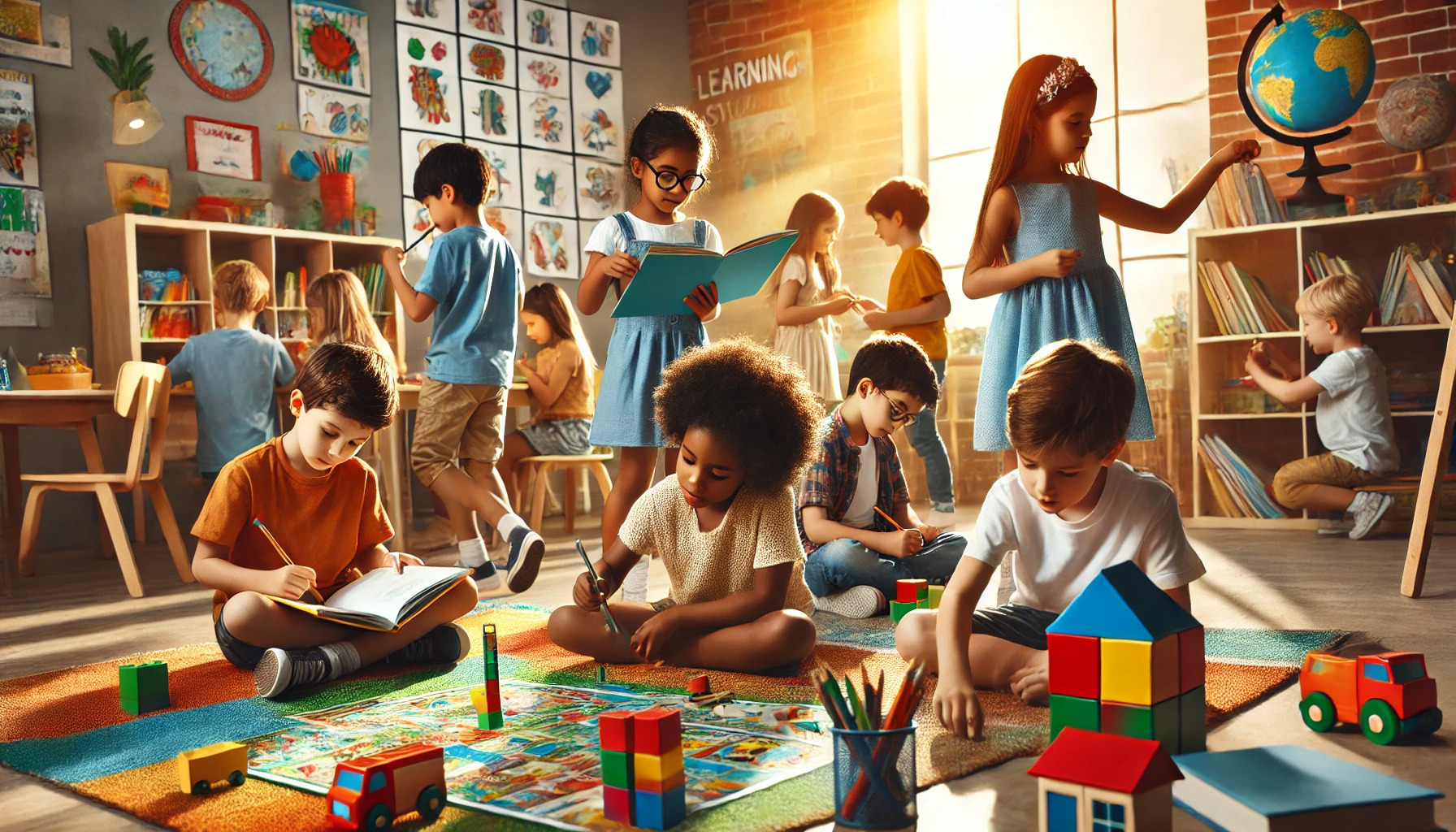Understanding your child’s learning style can greatly enhance their educational experience and overall development. Here’s how to identify and support different learning styles:
1. Visual Learners
- Characteristics: Learn best through seeing and observing.
- Support Strategies:
- Use visual aids like charts, diagrams, and maps.
- Encourage reading, watching educational videos, and using color-coded materials.
2. Auditory Learners
- Characteristics: Learn best through listening and hearing.
- Support Strategies:
- Engage in discussions and verbal explanations.
- Encourage reading aloud, listening to audiobooks, and using mnemonic devices.
3. Kinesthetic Learners
- Characteristics: Learn best through hands-on experiences and movement.
- Support Strategies:
- Provide opportunities for physical activities and manipulatives.
- Encourage interactive learning, role-playing, and field trips.
4. Reading/Writing Learners
- Characteristics: Learn best through reading and writing activities.
- Support Strategies:
- Use textbooks, written instructions, and note-taking.
- Encourage journaling, making lists, and summarizing information in their own words.
5. Multimodal Learners
- Characteristics: Learn effectively through a combination of different styles.
- Support Strategies:
- Offer diverse learning materials and methods.
- Allow flexibility for them to choose or combine approaches that work best.
Identifying Your Child’s Learning Style
- Observe: Notice how your child naturally approaches tasks and learns new information.
- Experiment: Provide opportunities for them to engage in different activities and observe their preferences.
- Communicate: Ask your child about their preferences and what helps them learn most effectively.
Tailoring Support
- Individualized Approach: Adapt learning materials and methods to match your child’s preferred style.
- Encourage Growth: Support them in exploring different approaches to expand their learning skills.
Conclusion
By recognizing and supporting your child’s unique learning style, you can enhance their learning experience, build confidence, and foster a positive attitude towards education. Understanding how they learn best empowers you to create a supportive environment that promotes academic success and personal growth.





